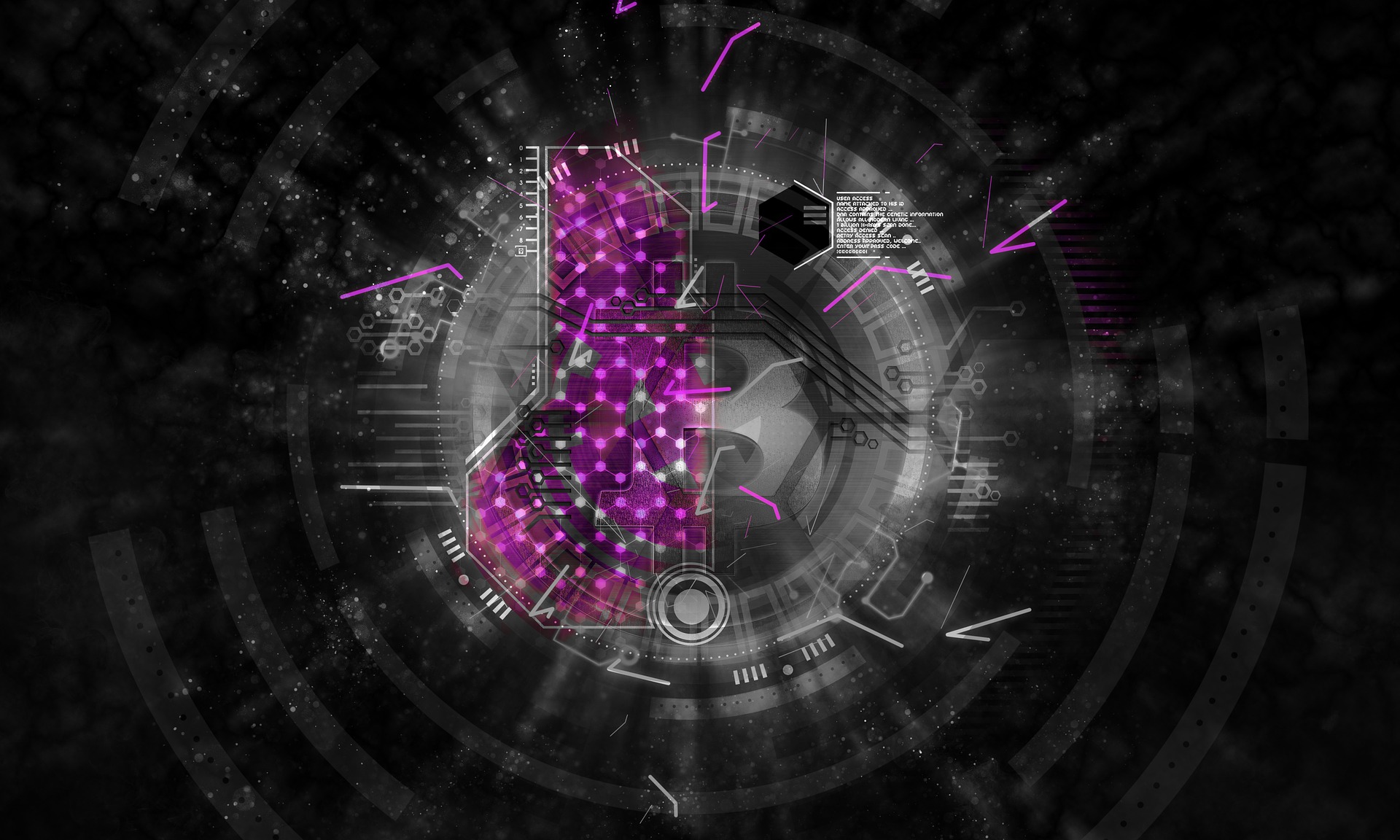Blockchain vs IOTA: Looking for a better alternative

Blockchain is often touted as a revolutionary technology for data storage and transfer. And it is indeed incredible for many of the envisioned applications, specifically the systems that are required to be closed or private, but those systems should also not require a lot of transactions. Transactions per second have been a concern ever since blockchain became mainstream. For reference, the bitcoin network can only have up to 7 transactions per second while Ethereum can scale it up to just 15 transactions in a second.
Moreover, a blockchain network may also not turn out to be as distributed as it is being made to believe. Five mining entities were said to be controlling 49.9 percent of all computing power on the bitcoin network in February 2020.
It may also be unsustainable for high throughput, for reference, Iceland uses more energy in mining than it provides to households. The energy requirement will grow significantly for such a system to sustain on a large scale, making it more expensive for users. Additionally, for every transaction in the blockchain, there is an associated fee that a miner will take for proof of work that he does. The fee will increase as the number of users increase.
In a nutshell, despite all the talk that has been going around, the scope of application of blockchain is limited by its very architecture and is thus not scalable for many purposes. This also stands true for healthcare, especially as it evolves with the help of smart devices and millions of sensors that have limited computational power but will still need to collect and transfer data.
Besides, health data is sensitive and highly lucrative, meaning any future risk must be accounted for. Blockchain’s proof of work is vulnerable to quantum computers. The power of quantum computers can enable the entry of unverified transactions in the network rendering it risky to store health data.
Case for IOTA
IOTA is based on Directed Acyclic Graph (DAG) architecture, which means it is not a chain of blocks where blocks must fit sequentially one after the other with just one edge available for connection at any given moment. Instead, the architecture allows for the availability of multiple free nodes at any given moment, in addition, to every node, two or more than two other nodes can be linked. This allows for an interesting advantage when compared to blockchain. We know that as the number of users increases in blockchain, the hash function continues to become more complex and the chain continues to become slow. But in IOTA, because of the property of a node being able to connect with at least two nodes, as the number of users increases, the number of nodes available to connect keeps increasing and the system becomes faster and more scalable.
The other problem with blockchain is a miner and mining fee that must be paid for a transaction to be verified, this is bound to make blockchain very expensive on a large scale. To overcome this, IOTA requires every user to solve a Proof of Work (PoW) problem, thus the chain becomes self-sustainable because as long as the people are transacting, PoW will continue to be solved and space for new transactions will continue to be created. IOTA has another distinct advantage, which is the requirement of relatively lower computational power for the PoW to be solved. The problem in this architecture is designed such that it can be solved by an ordinary computing device, additionally, the architecture is light because, while solving a PoW problem, the computing device only needs information of the network in its vicinity and not the whole network as in blockchain. The properties and the change in architecture allow the IOTA to be decentralized, secure, and scalable, all at the same time.
The potential of the architecture can also be gauged by the fact that companies such as Volkswagen are already collaborating on the technology for testing their concept cars. Volkswagen intends to use IOTA in its cars as early as 2022. Fujistu, the Japanese technology giant, is also collaborating with the IOTA foundation with the same vision.
Taipei, the capital of Taiwan, intends to use the IOTA network to provide a digital identity to every individual and transact with its citizens through the network by creating seamless interactions at minimum cost.
In a nutshell, IOTA by the virtue of its design, its vision, and existing developments and associations along the wide spectrum of influential stakeholders appear to have many advantages over a blockchain that makes it suitable for applications intended to transfer gigantic volume of data through a huge number of simultaneous transactions with real-time output, where blockchain appears to fall short.
VisionRI's Centre of Excellence on Emerging Development Perspectives (COE-EDP) aims to keep track of the transition trajectory of global development and works towards conceptualization, development, and mainstreaming of innovative developmental approaches, frameworks, and practices.
- FIRST PUBLISHED IN:
- Devdiscourse

 COE-EDP
COE-EDP









